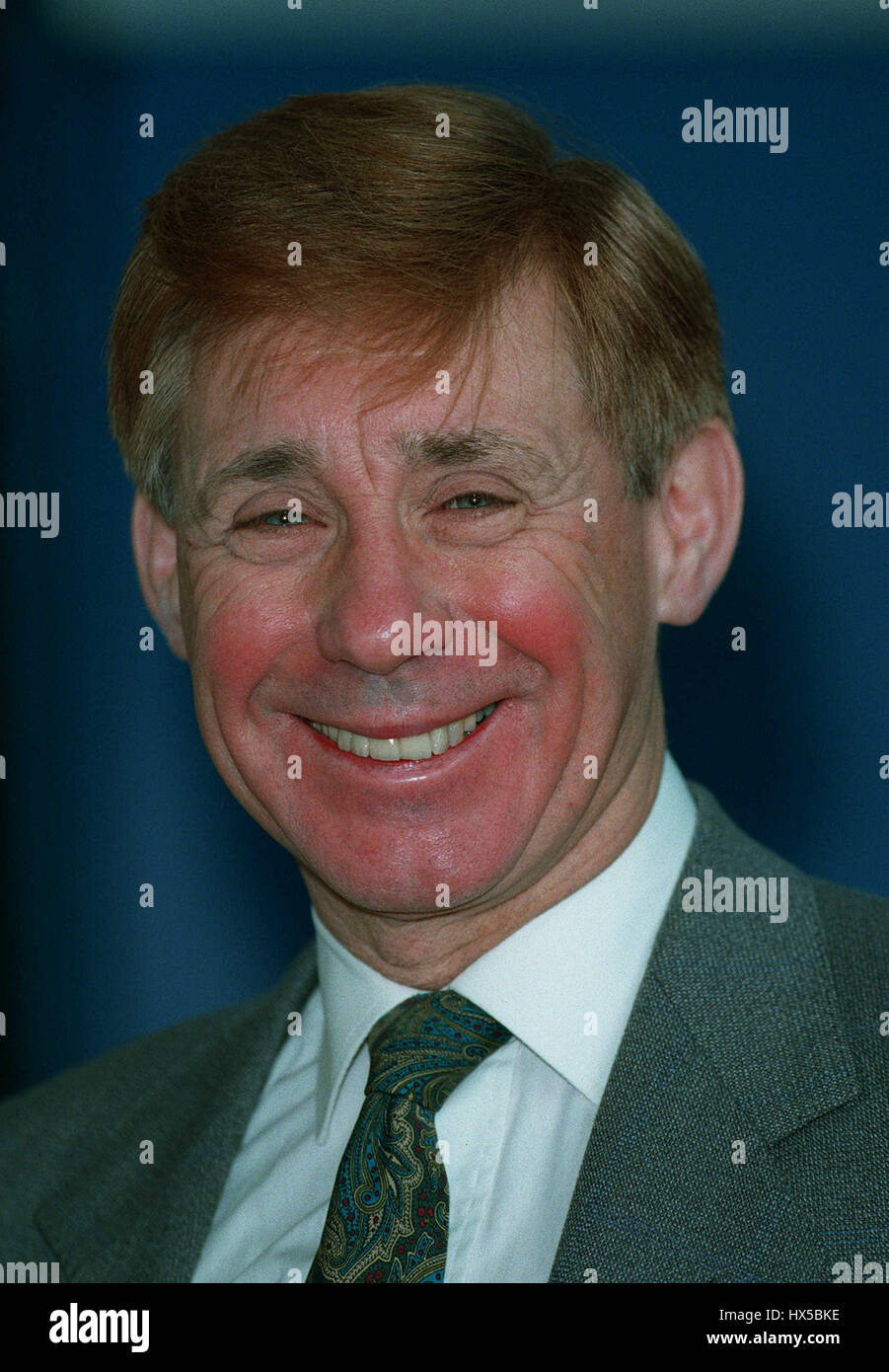How did a small-town pilot from Arkansas become the center of one of the most controversial political scandals in American history? Barry Seal, whose life story inspired Tom Cruise's character in Doug Liman’s film American Made, offers an intriguing tale of ambition, betrayal, and intrigue. His journey from being a commercial pilot to becoming a key figure in both the Medellín Cartel and the CIA operations is nothing short of extraordinary.
Born on July 16, 1939, in Baton Rouge, Louisiana, Barry Seal lived a life that defied conventional norms. He was not just any smuggler; his involvement with the Central Intelligence Agency (CIA) during Ronald Reagan's administration placed him at the heart of the infamous Iran-Contra affair. While working as a contractor for the agency, he simultaneously ran drugs into the United States for Pablo Escobar’s cartel. This dual role eventually led to his downfall when he became a federal informant, revealing secrets that shook Washington to its core.
| Name | Adler Berriman Barry Seal |
|---|---|
| Date of Birth | July 16, 1939 |
| Place of Birth | Baton Rouge, Louisiana |
| Date of Death | February 19, 1986 |
| Career | Pilot, Drug Smuggler, Informant |
| Notable Involvement | Medellín Cartel, CIA Operations, Iran-Contra Scandal |
| Reference Link | Wikipedia Entry |
Seal's operation was primarily based out of Mena, Arkansas, where he utilized the local airport for smuggling activities. The scale of his operations was immense, involving tons of cocaine transported directly from Colombia. Authorities later uncovered extensive evidence linking him to these illegal activities through joint investigations conducted by the FBI, IRS, and Arkansas State Police. These findings painted a vivid picture of how deeply entrenched organized crime had become within certain regions of the U.S., particularly rural areas like Mena.
Despite his criminal activities, Seal managed to maintain ties with high-ranking officials who turned a blind eye to his operations due to their alignment with broader geopolitical strategies during the Cold War era. However, once caught between competing interests—both domestic law enforcement agencies seeking justice against drug traffickers and international players wary of exposure—his position grew precarious. It wasn’t long before tensions escalated, culminating in his decision to cooperate with authorities as part of a plea deal.
As an informant, Barry Seal provided critical information about the inner workings of the Medellín Cartel, leading to numerous arrests and convictions. Yet, this newfound status also made him a target for retribution. On February 19, 1986, while visiting a shopping mall in Baton Rouge, Seal was assassinated by hitmen allegedly hired by Jorge Luis Ochoa-Vasquez, a prominent member of the cartel. Although Ochoa-Vasquez spent over two decades behind bars following unrelated drug charges, he was never formally prosecuted for orchestrating Seal's murder.
The legacy of Barry Seal continues to fascinate audiences today, partly because it encapsulates so many facets of late 20th-century America: the war on drugs, covert government actions, and the complex interplay between national security priorities and moral accountability. His story serves as a reminder of how individuals can rise—and fall—within systems rife with corruption and contradiction. For those interested in delving deeper into this period of history, resources such as archived documents from the University of Arkansas provide valuable insights into the events surrounding Barry Seal's tumultuous career.
In popular culture, Barry Seal has been immortalized through various mediums, including music playlists curated around themes related to his life and films dramatizing different aspects of his experiences. One notable example includes the soundtrack accompanying Barry Seal: American Traffic, which captures the essence of his reckless yet daring lifestyle. Such interpretations help keep alive public interest in understanding what drove someone like Barry Seal to pursue such dangerous endeavors.
Ultimately, Barry Seal remains emblematic of an era marked by intense geopolitical maneuvering and widespread illicit activity. His transformation from a seemingly ordinary individual into a pivotal player amidst global controversies underscores the unpredictable nature of human ambition and the consequences thereof. As we reflect upon his life, questions linger regarding whether society adequately addresses underlying issues perpetuating cycles of crime and exploitation—or merely reacts after damage has already been done.



